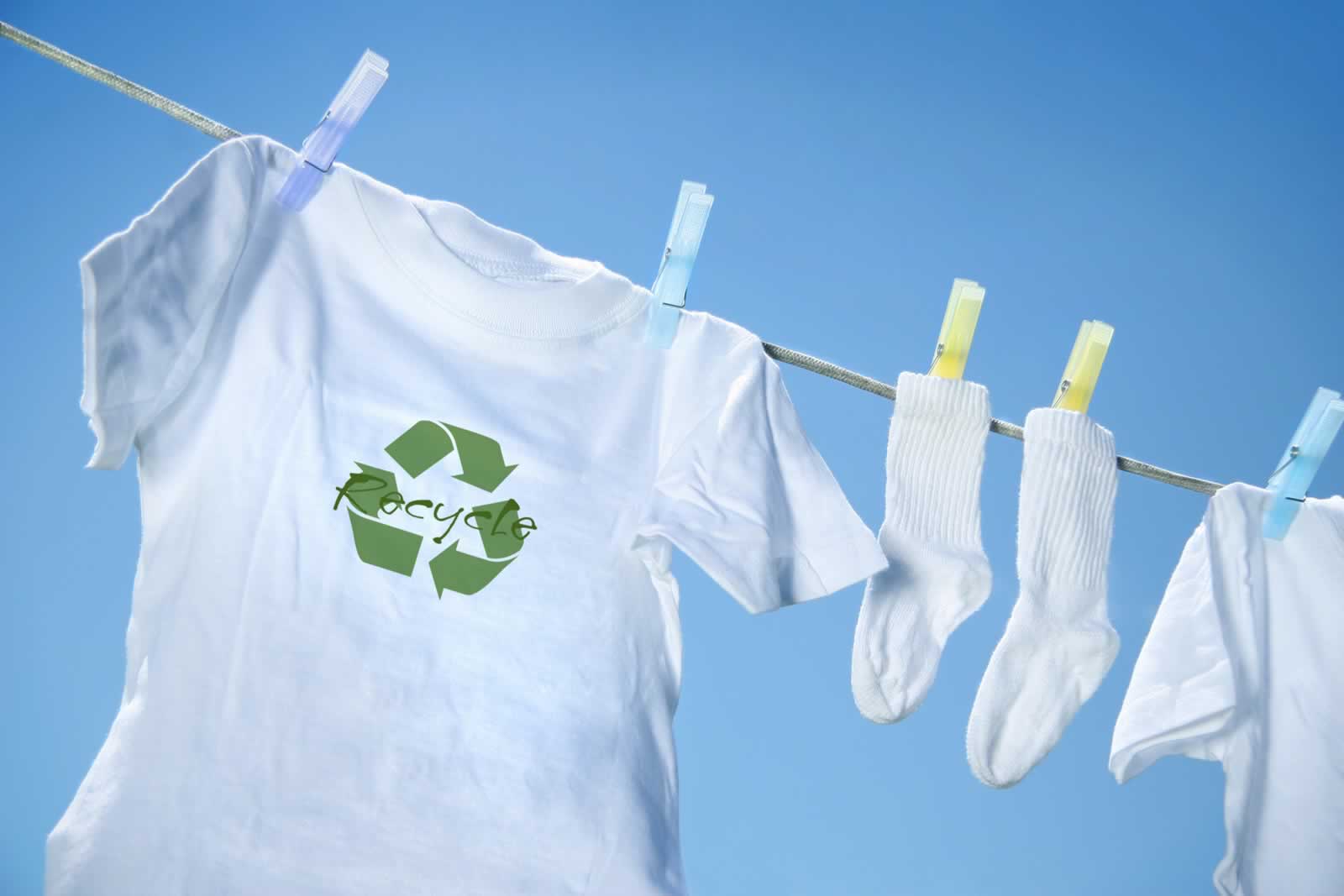The Illusion of Fashion Recycling: A Closer Look at Its Environmental Impact
by Cheap Cheap Team
Thursday March 28th 2024

The process of fashion recycling can have a negative environmental impact due to the use of energy and chemicals. It's important to consider alternative solutions, such as reducing consumption and implementing sustainable production practices.
Fashion recycling is the process of reusing old clothes and textiles to create new garments. This process helps to reduce waste and preserve resources by keeping textiles out of landfills and reducing the need for new materials. When textiles are recycled, they are sorted, cleaned, and processed into new fibres that can be used in the creation of new clothing or other textile products. The fashion industry is one of the most significant contributors to waste and pollution. Hence, recycling textiles is an essential step towards making the fashion industry a more sustainable and environmentally friendly.
Negative Environmental Impacts of Fashion Recycling
Despite its potential benefits, fashion recycling has some severe negative environmental impacts that cannot be ignored. One of the main issues is the use of chemicals, which can have harmful effects on both human health and the environment. Additionally, recycling clothes requires a significant amount of energy, often from non-renewable sources and contributes to greenhouse gas emissions. Finally, recycling can also lead to pollution - both in the form of air pollution caused by the energy-intensive recycling process and water pollution from the chemicals used in the recycling process. These factors highlight the need for more sustainable and eco-friendly approaches to fashion recycling.
Alternative Solutions
Hey there! Let's talk about some amazing alternatives that can help us create a more sustainable future. Here are three ideas worth considering:
We can start by reducing our consumption to lessen our environmental impact.
We can also implement sustainable production practices to help us create products without harming the planet.
Finally, promoting a circular economy can help us reduce waste and ensure that resources are used efficiently.
Exciting, right? Let's work together to make a positive impact on our world!
The fashion industry has been promoting recycling efforts to minimize its environmental impact in recent years. Leading fast-fashion giants have shown impressive statistics, claiming a significant portion of their collections consisting of recycled materials. However, a closer look indicates that the reality is far from the green image portrayed.
It's important to note that a considerable 93 percent of recycled textiles nowadays come from plastic bottles instead of old clothes, which ultimately leads back to fossil fuels. Although this might seem promising, it's crucial to understand its limitations. Unlike plastic bottles, recycled polyester clothing can't be recycled indefinitely.
There are two ways to recycle polyester: Mechanical recycling involves melting plastic to create new yarn, but this process can only be repeated a few times before the fibre loses its quality. On the other hand, chemical recycling breaks down plastic molecules and reforms them into yarn.
Recycling polyester is a sustainable way of giving a second life to a non-biodegradable material that would otherwise end up in landfills or oceans. Shockingly, according to the NGO Ocean Conservancy, 8 million metric tons of plastic enter the ocean annually, in addition to the estimated 150 million metric tons already present in marine environments. If we don't take immediate action, by 2050, there will be more plastic in the ocean than fish. Plastic has been found in 60 percent of all seabirds and 100 percent of all sea turtle species, because they mistake plastic for food.
In addition, recycling textiles can be a challenging task. Garments that are constructed from several fibres are typically considered unrecyclable. Even those that can be recycled need to be diligently sorted and require extensive labour to remove features such as buttons and zips. Despite some pilot projects surfacing in Europe, the technology for this process is still in its early stages, which hinders the widespread adoption of recycling textiles.
Cotton is often considered a sustainable option but presents challenges when recycled. The quality of recycled cotton is reduced, which means it must be blended with other materials, reintroducing the issue of mixed fabrics. As a result, fashion brands have started using recycled plastic as a solution. However, this has sparked controversy with other industries, which bear the cost of collecting PET bottles.
The process of recycling polyester is not as straightforward as it may seem. The presence of impurities, such as dyes and additives, and mixing with other materials like elastane make the process of recycling ineffective. As a result, the recycled polyester produced from such materials may be of a different quality than the original polyester, leading to issues with durability and strength. This, in turn, leads to pollution from the manufacturing stage to disposal, as more energy and resources are required to produce virgin polyester. Moreover, despite its widespread use in the industry, environmental advocates have pointed out that polyester production contributes significantly to pollution. They have urged a complete halt on polyester production, citing its harmful environmental and human health impact.
The fashion industry needs help to recycle discarded textiles effectively, leading to a substantial amount of these materials being dumped in secondhand markets or open landfills in Africa. Unfortunately, limited information is available on these textiles' final destination, leaving their fate uncertain. Despite recent regulations implemented by the European Union to promote recycling over dumping, monitoring and enforcing these measures remains challenging.
The fashion industry has gained notoriety for its negative impact on the environment with textile production alone accounting for significant waste and pollution. While recycling initiatives are a step in the right direction, more is needed to achieve true sustainability in fashion. For manufacturers to make meaningful progress, the industry must address the root causes of these issues and implement comprehensive changes throughout all stages of the supply chain.
All this means rethinking the way materials are sourced, considering the environmental impact of production processes, and finding more sustainable alternatives for packaging and transportation. It also involves taking responsibility for the end-of-life of garments through initiatives like product take-back programs and alternative disposal methods.
As consumers, we have a role to play in driving this change. We can push for meaningful progress beyond surface-level recycling initiatives by demanding transparency and accountability from fashion brands. This includes supporting brands that prioritize sustainability and advocating for legislation that incentivizes eco-friendly practices in the industry. Ultimately, achieving true sustainability in fashion will require a collaborative effort from all stakeholders, from producers to consumers.
If you have clothing and other fabric items check out Recycling Near You
Check out our article on Recycling eyeglasses here.









